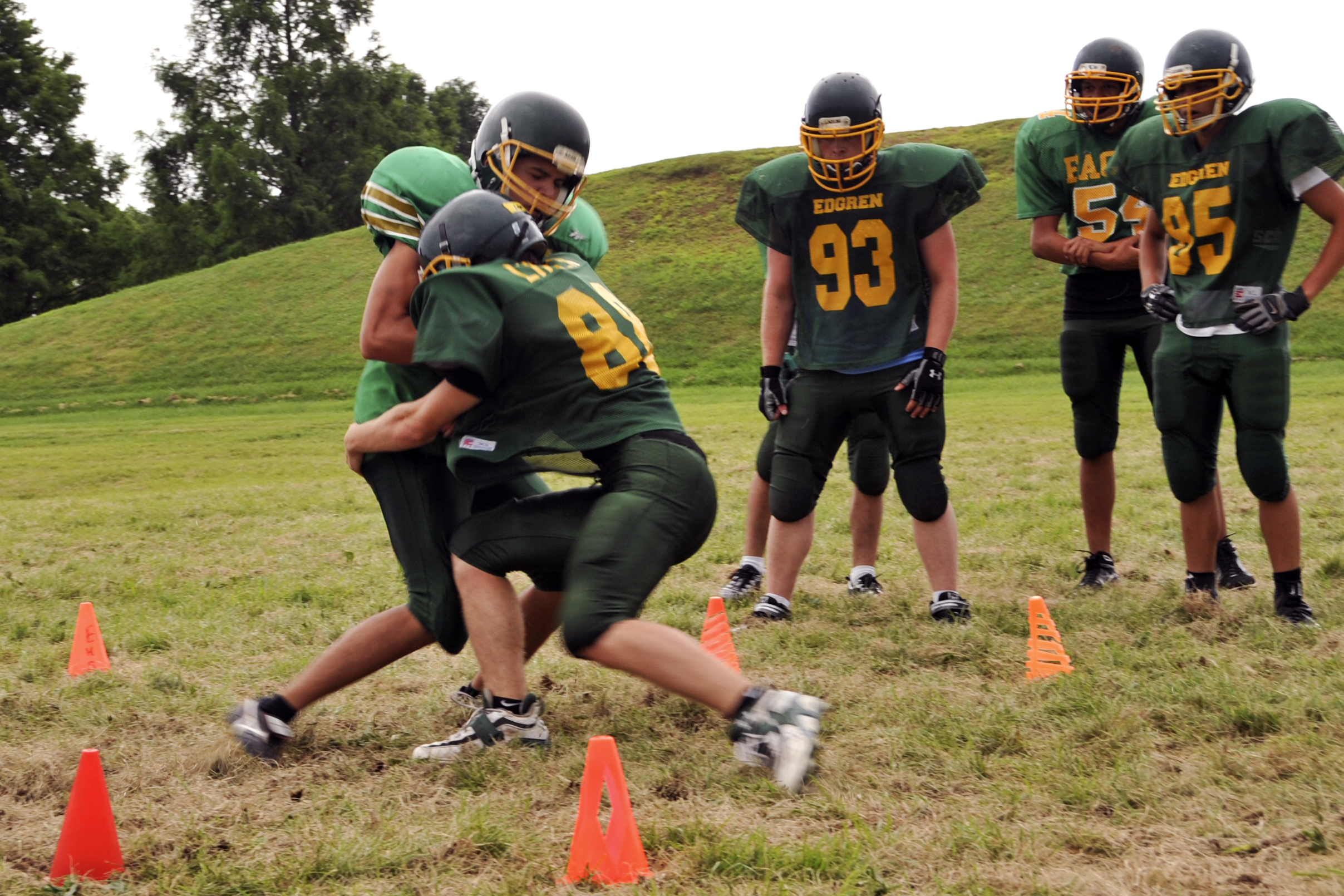Dec 5, 2018Study Assesses Risk

Student athletes who attended high schools with a low availability of athletic trainers (AT) – mostly in rural and inner-city areas – are 50 percent more likely to have a sports-related concussion (SRC) that goes un-identified, un-assessed or mismanaged, according to a study published in the National Athletic Trainers’ Association (NATA) Journal of Athletic Training.
More than 78 percent of the schools in the study with low AT availability are located in rural and inner-city areas. Athletes at schools with low AT availability:
- Waited longer before the first AT interaction after an SRC (24 hours vs. 1 hour for mid and high AT availability schools);
- Had fewer post-SRC interactions with an AT; and
- Returned to play sooner than athletes at high and mid AT availability schools (2.5 days sooner).
“Providing student athletes with consistent access to athletic trainers is not a luxury, it is a necessity,” said NATA President Tory Lindley, MA, ATC. “NATA strongly recommends that parents advocate for their student athlete. Research continues to support the important role athletic trainers play in preventing and diagnosing injury. While the impact of sports far exceeds the risks, programs have an obligation to offer a safer approach – which includes appropriate care.”
Additionally, only 53 percent of “low AT availability” schools underwent a return to play protocol at all compared to 94 percent at “mid AT availability” schools and 100 percent at “high AT availability” schools. Returning to play too soon or without proper care increases the likelihood of a repeated concussion or other sports injury by up to 50 percent as well as increases the chance for catastrophic or long-lasting effects.
The research team gathered injury data on approximately 2,400 student athletes ages 14-18 in high schools across Wisconsin. Of the 400 schools that sponsor interscholastic teams in Wisconsin, only one-third have high AT availability, meaning an AT is available on a daily basis during school, practice and competition hours (equivalent to 35-40 hours a week). Another third of the schools have mid AT availability (during school and at varsity and sub-varsity events, or 10 to 15 hours per week). The rest have low AT availability (1 hour a week during the school day and at home varsity football games, or about 1 to 1-1/2 hours a week total) or no AT coverage at all. This is particularly problematic as 36 percent of SRC injuries occur during non-game situations.
The representative sample used for this study supports the most recent national survey conducted by the Korey Stringer Institute measuring AT services in public schools, which reported that 70 percent of secondary schools have access to an AT in some capacity, but only 37 percent have a full-time AT, which is the gold standard of care recommended by NATA.
NATA, the American Medical Association and youth sports advocacy groups have all recognized the value of having high school based ATs. However, implementation is inconsistent. The data underscores that it is important for parents to advocate for appropriate care on their child’s athletic teams.
The above content is a press release from the NATA.



